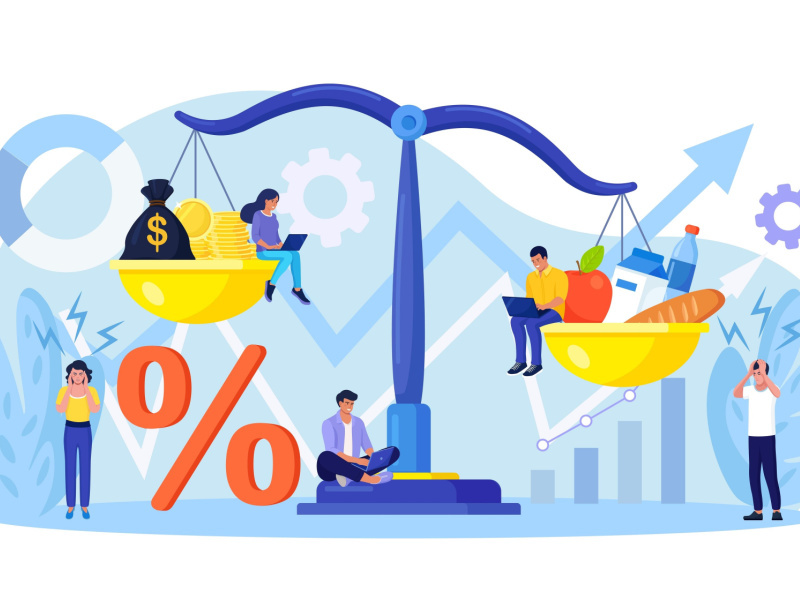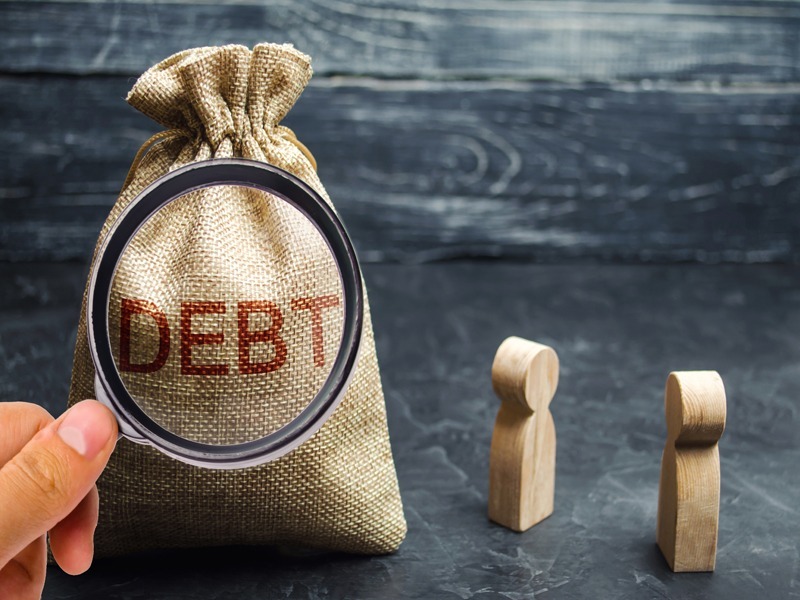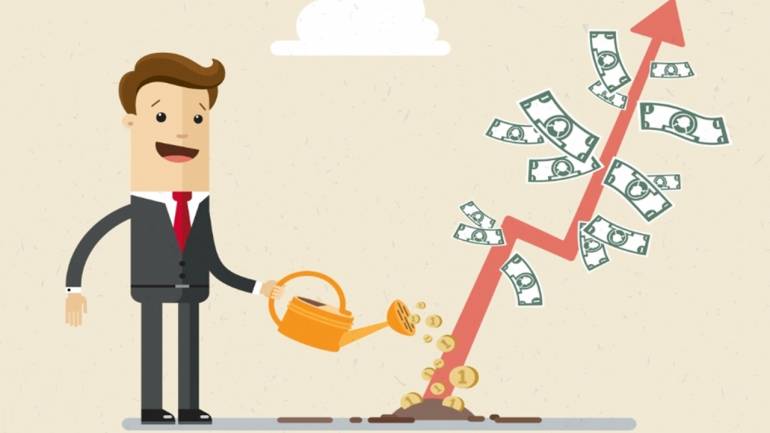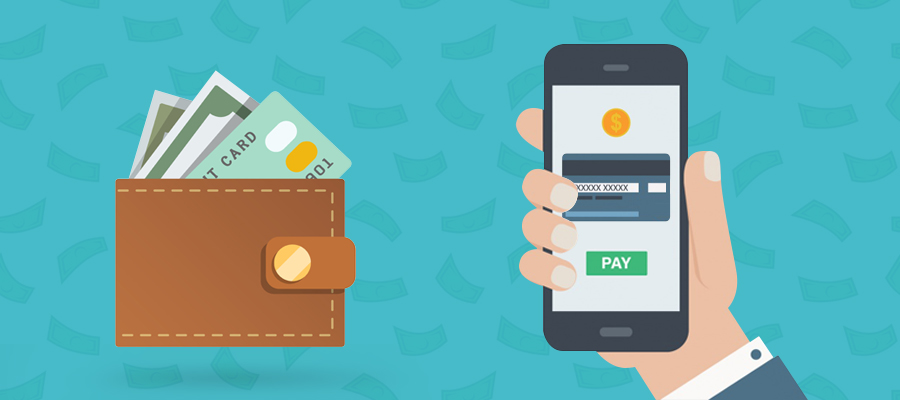
The Indian economy maintains a third position in the world as far as purchasing power parity (PPP) is concerned. The US and China top the list among global economies. As per World Bank reference data, India accounts for 6.7%, translated as $8,051 billion, of the world’s $119,547 billion Gross Domestic Product (GDP) in terms of PPP.
So, what is PPP or purchasing power parity? Why is India 3rd on the list? Here is all you need to know about the concept of purchasing power parity.
Meaning of Purchasing Power Parity
What is PPP?
Purchasing power parity or PPP is a theory used to adjust currency exchange rates such that they can be compared against each other to determine their purchasing power. Simply put, if you buy a similar commodity using either of the currencies, the expense incurred should be the same in both currencies if the exchange rate is considered.
Did you know how PPP originated?
The concept of PPP was developed by Swedish economist Gustav Cassel back in 1918, who talked about the ‘law of one price’. Through this concept, he tried to explain that similar goods and services will incur the same costs across different markets if the product/service prices are expressed in the same currency.
Why PPP?
Purchasing power parity is used across the globe to estimate and compare income levels across countries. It helps us understand and interpret the currencies and cost structures of each country.
For instance, let’s say that a dress from Zara costs Rs. 5,000 in India. We would expect the dress to cost around $60 in the USA considering the ongoing exchange rate of 80 between the US dollar and the rupee.
What is PPP used for?
- Economists use the concept of PPP to compare and draw parallels between the economic outputs of different countries.
- It is also used in combination with GDP measures to determine the economic health of countries.
- PPP helps traders and investors who deal in foreign currency. It can be used to estimate the strength or weakness of a currency.
- In some cases, it can also be used to determine exchange rates for new economies and forecast future exchange rates.
Relation between PPP and exchange rates
The concept of PPP may seem like a deviation from the market exchange rate theory. It is important to note, however, that currency exchange rates are determined by the demand and supply mechanism of traded goods and services. Thus, the prices of non-traded goods/services are not considered, thereby resulting in an inaccurate comparison of living standards.
Let’s take an example to understand this clearly:
We know that the US dollar is currently equivalent to 80 Indian rupees ($1 = ₹80).
Suppose, a US resident comes to India and goes to buy bananas. She is able to get 10 bananas for Rs.80, which means, each banana would cost her only $0.10 in India. However, 1 banana in the US would cost her $0.6.
The PPP exchange rate for bananas would therefore be 0.1/0.6 = 6
If we assume that bananas are not traded, the market exchange rate of the currency does not consider the fact that bananas are “cheaper” in India. Similarly, all non-traded goods/services are not always considered while determining the market exchange rate between two currencies.
Formula & Calculation of Purchasing Power Parity, PPE
The formula for calculating PPP is as follows:
S = P1 / P2
Where, S = Exchange rate of currency 1 to currency 2
P1 = Cost of good in currency 1
P2 = Cost of the same good in currency 2
Or,
PPP = (Price level in foreign currency / Price level in domestic currency) x Exchange rate
The price level is usually measured using the Consumer Price Index (CPI), which is a measure of the cost of a basket of goods and services in a given country. The exchange rate is the price of one currency in terms of another currency.
For example, suppose the price level in the United States is 100, and the price level in the United Kingdom is 120. Assuming the exchange rate between the US dollar and the British pound is 1.4 dollars per pound, the PPP between the US and the UK can be calculated as follows:
PPP = (120/100) x 1.4 = 1.68
This means that a basket of goods and services that costs $100 in the US would cost the equivalent of $168 in the UK at the prevailing exchange rate. If the actual exchange rate were different from the PPP rate, then there would be an arbitrage opportunity for traders to profit by buying goods in the country with the lower price level and selling them in the country with the higher price level, thus driving the exchange rate towards the PPP rate.
Is the Purchasing Power Parity theory reliable?
PPP does not necessarily give a clear picture of the standard of living of countries. Here’s why:
- PPP involves many assumptions regarding consumption patterns and associated price levels.
- Constructing baskets of identical goods and services may be a challenge, especially if comparing dissimilar countries. This is because people may have different preferences and the quality of the offerings may differ accordingly.
- Traded goods do not necessarily trade at equal price levels since there may be cross-border restrictions. This may result in a deviation from PPP.
Conclusion
PPPs can be used to point out the direction that an exchange rate may move with economic development. Significant differences in inflation rates across countries often make it challenging to accurately compare the relative outputs and living standards of different economies. This is when PPP ratios come into play and are often preferred by policymakers and researchers in comparing different economies.
FAQs
GDP or Gross domestic product is the total monetary value of all the finished goods and services produced in a country during a given period. It acts as a scorecard of a country’s economic health by considering its domestic production or output.
The absolute PPP is calculated by dividing the cost of a good/service in one currency by the cost of the same good/service in another currency.
A currency’s exchange rate is crucial to a country’s trade performance. It indicates relative currency valuations and volatility associated with these can have repercussions on international trade, a country’s balance of payments and economic health.
Purchasing power parity helps in measuring the gross domestic product (GDP) or the total market value of goods and services produced by a country during a given period. GDP of different countries is compared to assess economic performance.
Purchasing power parity is often used by traders to determine whether an asset is over or under-valued, for example, forex and stocks.





















